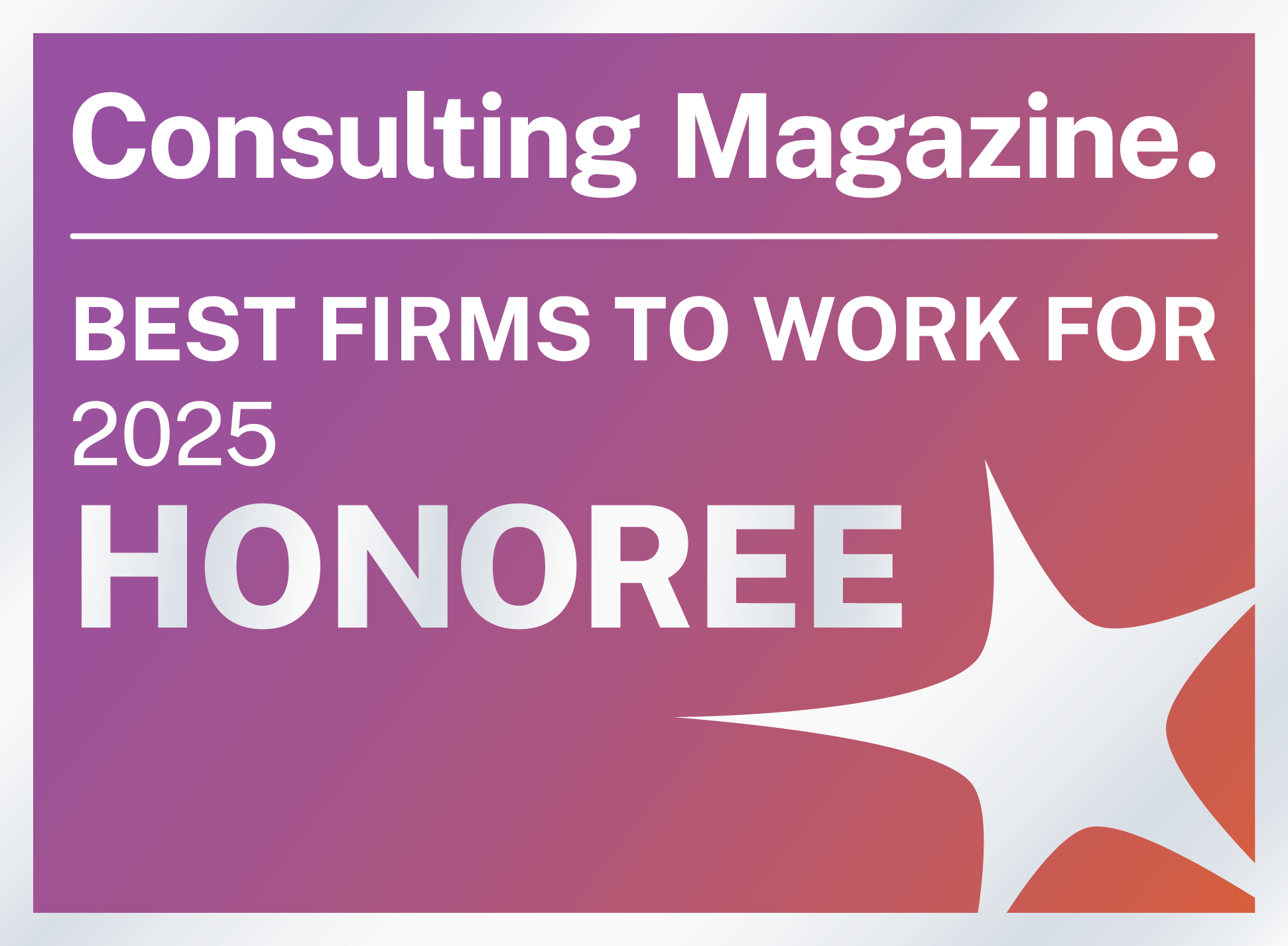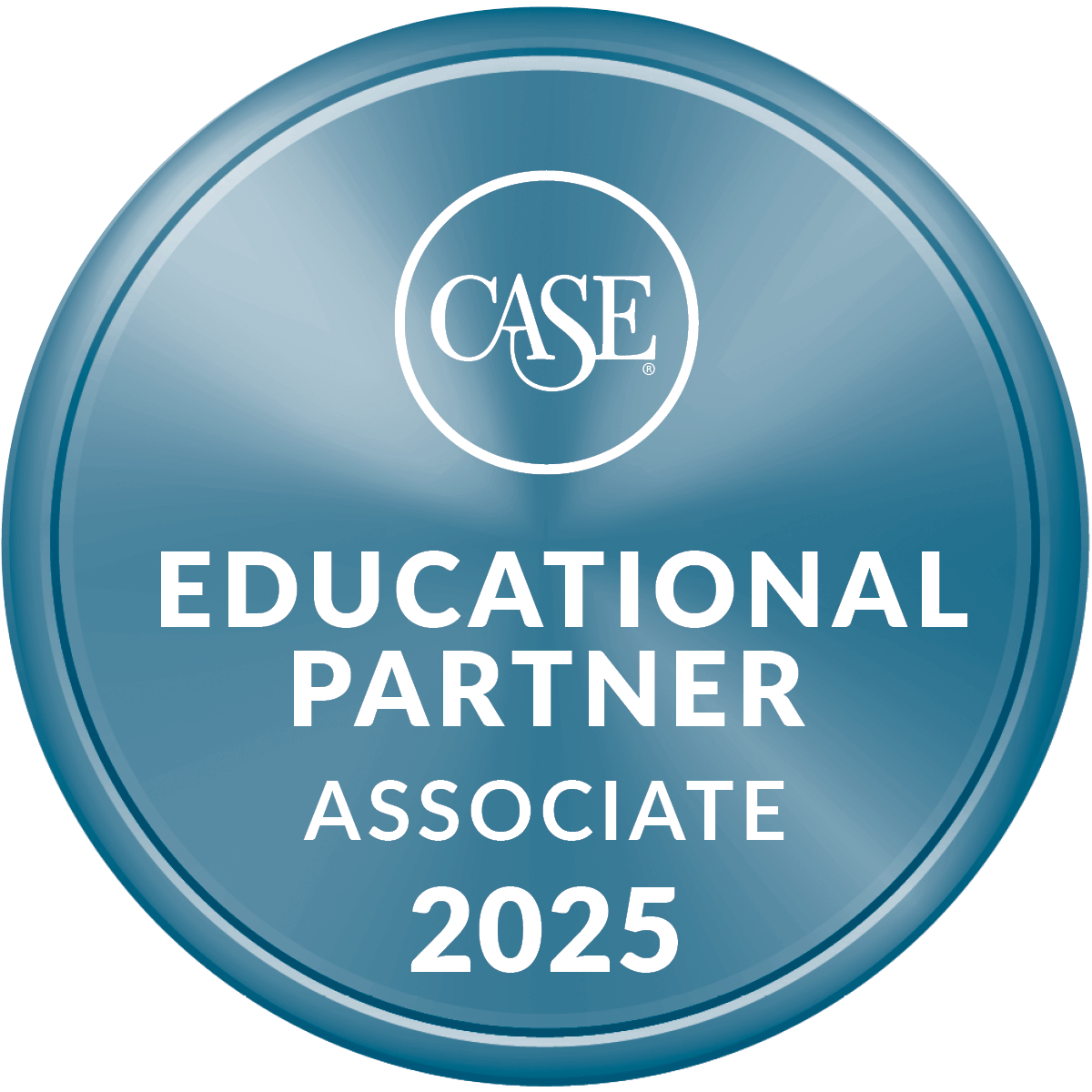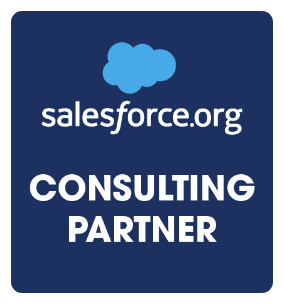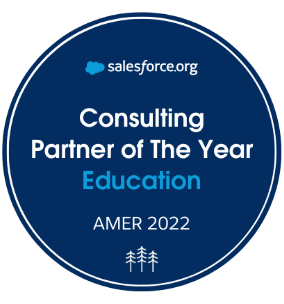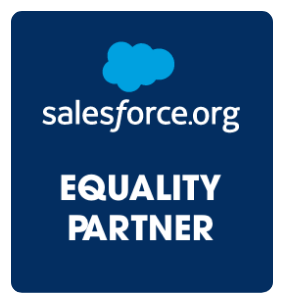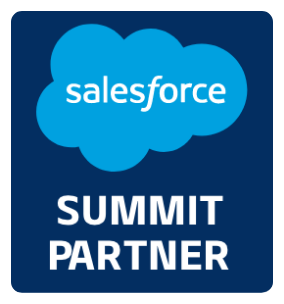
The advent of technology has forever changed every industry, including nonprofit.
Back in 1993, when I first started in this field, the approach to donor communication was a lot like throwing spaghetti at the wall—one message for everyone and hope something sticks.
That worked in the days of direct mail and early digital campaigns, but 30 years later, things have changed. Donors expect personalized engagement, and even organizations with small budgets can’t afford a one-size-fits-all approach anymore.
Recently, I worked with a school whose gift officers had overlapping portfolios.
Some donors were receiving multiple, conflicting messages, which was both confusing and ineffective! They were losing donors left and right and weren’t sure why.
This is what happens when wires get crossed and your message gets lost: You lose donors and hamper your efforts.
I was brought in to clean things up and address their donor retention issues. Here’s the knowledge I imported to them.
Personalizing Your Fundraising Effort
Donor retention is deeply needed in fundraising, especially when it comes to major gifts. But if we want donors to stay, we need to know them.
What does this look like in practical terms?
Let me share three principles that, in all honesty, I wish I had understood way back in 1993.
1. It’s Not About the Money or Metrics
Whenever an organization expresses interest in working with me, I emphasize that my focus doesn’t solely lay on the money or the metrics.
When we consider the 5 I’s of Fundraising, we focus on identifying new donors. But for donor retention, the most critical aspects are informing, involving, and inspiring.
When looking at donor retention—especially with major donors—you need to ask yourself: Are you only reaching out when you want their next gift, or are you engaging with them continuously, keeping them informed and inspired by your mission?
Fundraising is often compared to dating, and the same principle applies to donor retention. Just like a relationship, you can’t take your donors for granted.
You must constantly nurture the connection, continually “till the soil,” and communicate with them in a way that feels personal and meaningful.
Remember, it’s not about you; it’s about them.
2. There’s More Than Just the Close
In this industry, the focus can easily get placed on the close.
However, this approach has its limitations. If we exclusively focus on the close, we may limit our ability to see the bigger picture.
For example, if you lose two donors who give $100 each, but one of your other donors increases their contribution from $100 to $400, then you’ve recovered more than you lost.
Oftentimes, we can fall into the trap of trying to “save the deal” and never lose any donors. But in reality, donors come and donors go. Our response will decide how well we handle those moments.
When someone says no or asks for more time, I highly recommend asking: “Can I follow up with you in a month or two with more information?”
Just by asking this, you keep the conversation going, giving you the opportunity to find more ways to inspire and inform them before asking again.
3. There’s No “One Size Fits All” in Fundraising
Like I highlighted earlier on, “one size fits all” doesn’t fit with today’s marketplace.
Fortunately, the technology at our fingertips opens new doors for personalization and communication. However, it’s incumbent on us to educate ourselves and use it properly.
First and foremost, we cannot assume that our messaging will resonate with everyone, even if they are in our ecosystem already. For example, differences in age, corporate affiliation, tenure, background, and more can all have a monumental effect on the efficiency of your messaging.
Personalization has never been more important than it is today.
When was the last time you did an audit of what your messaging is and how well they will resonate with these organizations? I recommend making these audits a consistent practice. You’ll quickly learn what’s working, and what isn’t.
So, what’s working in your industry? What isn’t? Are you allowing for time and not forcing the close? Do you understand what your donors need in their life cycle?
The better you understand the answers to these questions, the more you’ll reach your audience and nail your fundraising.
Want more strategies to improve donor retention? Let’s chat!
Attain Partners – Your Partner in Driving Meaningful Impact
At Attain Partners, we’re familiar with the unique challenges facing mission-focused organizations and use our extensive experience to help nonprofits leverage Salesforce to increase their fundraising efforts, improve communications, manage the entire program lifecycle, and measure impact. Our work with hundreds of leading nonprofits across the country represents Attain Partners’ understanding of adapting technology to meet diverse missions and functional use cases along with complex data migrations and system integrations. Contact us today to learn how we can serve your organization.
For more, check out our Salesforce Innovation services for nonprofits, read case studies about our transformative work, and explore blog posts from our experts.

About the Author
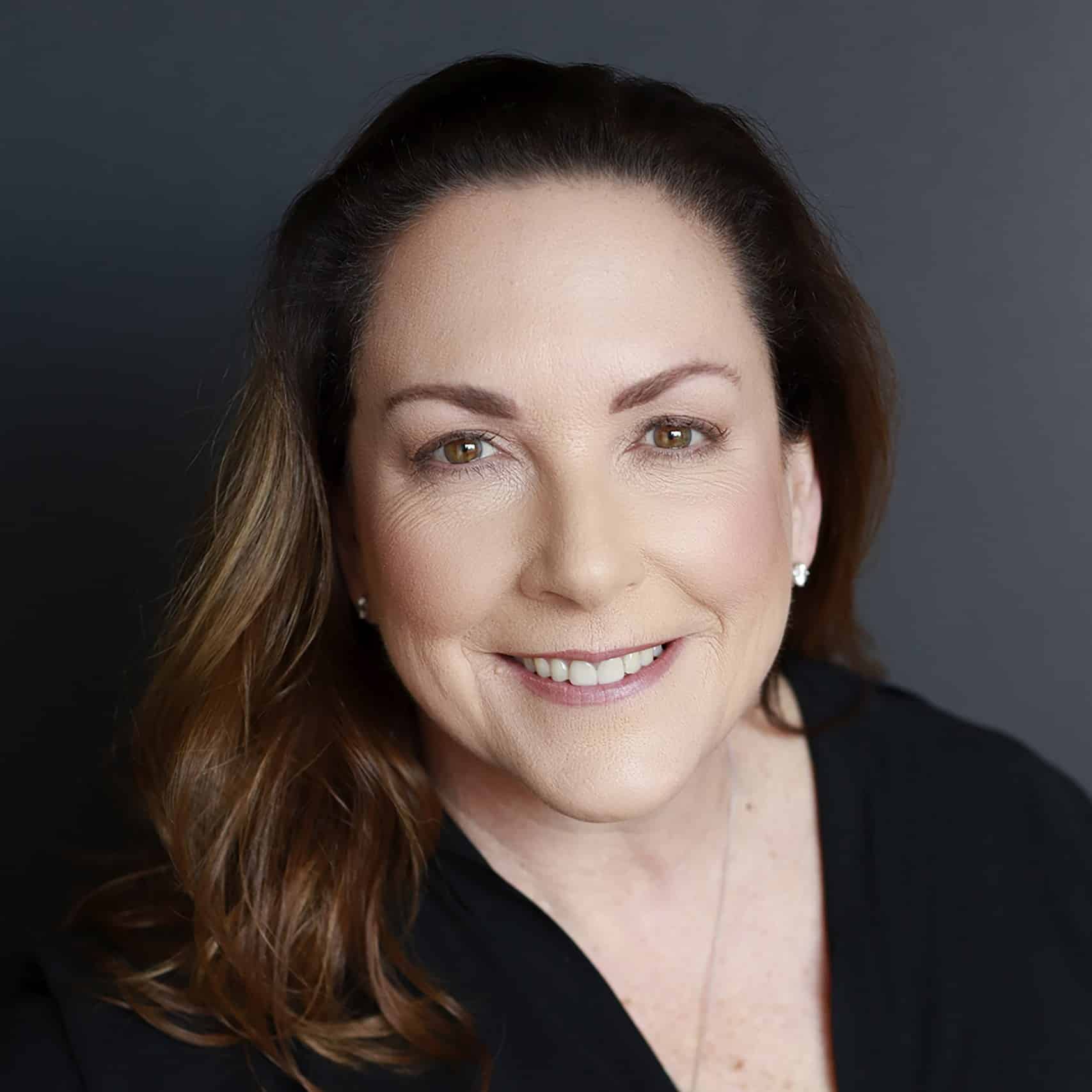
Sterrin Bird is a global fundraising leader and transformative figure in the nonprofit community, universally recognized for her nearly three decades of exceptional dedication to philanthropy. Her expertise spans the future of fundraising, building robust teams, and mastering the art of relational fundraising. With a keen focus on breaking down silos and fostering human-centered change, Sterrin excels in leveraging technology in support of mission outcomes and is an advocate for utilizing AI for fundraising innovation.
Prior to her tenure as a development officer, Sterrin catalyzed growth as a development consultant for three notable international consulting firms, where she blossomed into a cross-functional leader. In 2010, she founded her own consulting practice, orienting her approach around uncommon coaching and leadership mentoring. Throughout her multifaceted career, Sterrin has orchestrated over three dozen capital campaigns across the globe, cumulatively raising more than $5.5 billion, securing her reputation as a global fundraising leader.
In her professional journey, she has held pivotal leadership roles at prestigious nonprofit giants such as Duke Medicine, the University of California, the American Red Cross, the March of Dimes, and United Way. Sterrin also spent four years as the in-house nonprofit expert with the global team at Salesforce.
Sterrin holds an Executive Certificate in Nonprofit Management and Leadership from the Harvard Kennedy School. She is also a True North Leadership Fellow and was named to the Advisory Council of Rogare, a fundraising think tank in the UK at the University of Plymouth.
Her extensive experience with C-suite executives, nonprofit directors, and leadership across complex organizations speaks to her ability to exceed funding objectives while leading teams and managing the ever-changing nonprofit industry. A distinguished cross-functional leader, Sterrin navigates the intersection of fundraising, marketing, brand positioning, and program advancement with ease.
Originally from Short Hills, New Jersey, Sterrin now calls the Bay Area home, living with her two children, Thomas and Mary. She is a prolific public speaker and is also deeply invested in her community, she sits on the board of Maimoni Valley Preserve, One Life Counseling, and the Young Men’s Service League, embodying the spirit of engaged and impactful citizenship.






